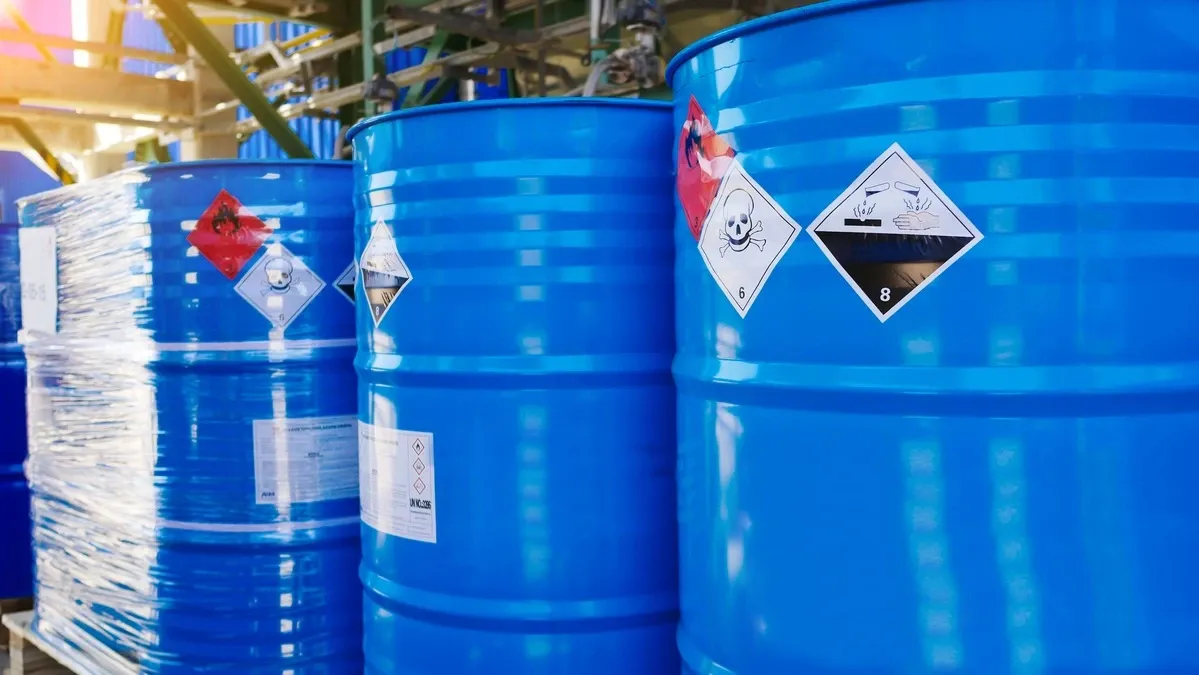The Norwegian Maritime Authority (NMA) on 29 September 2023 issued a circular on safety risks when using fuels with fatty acid methyl ester (FAME).
Introduction
Norway is introducing a new sales requirement for advanced biofuels for the marine industry which came into force on 1 October 2023.
This requirement means that hydrotreated vegetable oil (HVO) or fatty acid methyl ester (FAME) will be added to marine fuels.
In this regard, the Norwegian Maritime Authority (NMA) recommends that ships bunkering fuel in Norway should be aware of the quality of the fuel that will be delivered on board and any challenges related to the use and storage of the fuel.
The supplier of the fuel should provide the necessary information about the quality of the fuel delivered and make sure that the fuel is in line with the specifications of the end-customer, including the type of biofuel and amount added.
More information is available in Norwegian in the Norwegian Environment Agency’s guide to the sales requirement for the marine industry (Veileder til omsetningskrav for sjøfart).
If fuel is brought on board that does not comply with the ISO 8217:2017 specification for marine fuels, the ship should have routines for handling necessary operational aspects related to the use of fuels with FAME.
The use of the fuel should also be agreed with the engine supplier and insurance company before the ship sails.
To conclude, the NMA does not recommend bunkering of fuels containing more than 7% v/v of FAME unless the ship has been subject to specific safety assessments and measures to maintain the operational safety of the ship.
Background
As of 1 October 2023, a requirement for the distribution of liquid marine biofuels entered into force.
This means that suppliers of marine fuels must ensure that a minimum of 6% v/v of the total amount of fuels sold per year consists of advanced biofuel.
The new requirement does not apply to liquid fuel for ships engaged on international voyages nor to biogas.
The sales requirement is not a blend requirement, which means that seasonal variations and the availability of biofuel may lead to varying blend percentages.
As a result, for periods of time or in some locations, the marine fuels offered may have a biofuel blend of more than the permitted levels pursuant to the ISO standard for marine fuels.
HVO has very similar qualities to fossil diesel and should be used in the same way as fossil diesel without any adjustments to the fuel system.
The NMA sees no operational or safety challenges when blending HVO up to as much as 100% v/v.
FAME, on the other hand, has some qualities that are potentially challenging if the concentration is too high.
ISO 8217:2017 allows blends of up to 7% v/v FAME. We are not aware of any reported issues related to the use of FAME with a blend up to 7% v/v.
Since FAME has other qualities than marine gas and diesel oils (MGO/MDO), blending more than 7% v/v may affect the fuel system and consequently the operational safety of the ship.
Some of the challenges that need to be dealt with when using FAME are:
- Water susceptibility: FAME absorbs water, and aerobic micro-organisms using hydrocarbons, such as fungi, bacteria, and yeast, may thrive in the fuel.
- Storage time: the stability of the fuel may change when adding FAME. This is due to its chemical structure and the fact that the blend is more susceptible to oxidation and biological attacks by micro-organisms.
- Low-temperature behaviour: cloud point is the temperature at which the fuel starts to turn cloudy and when crystals first appear. This temperature is higher for FAME than for MGO/MDO. Such crystals/wax may clog filters and nozzles.
- Increased scaling: FAME has solvent properties and may dissolve scaling in the fuel system and lead to a degrading of rubber and elastomer blends that are often used in older engines. This can clog filters and nozzles.
- Changed lubricating characteristics: the lubricating characteristics of FAME are good, but they are reduced with time due to oxidation of the fuel and increased water content due to moisture absorption.
Ships are therefore, as a minimum, recommended to carry out an assessment based on these precautions:
- The engine supplier and suppliers of other equipment (for instance bilge water separators and filters) should be contacted in advance to ensure compatibility.
- Storage periods over six months should be avoided.
- A more powerful maintenance and monitoring program for tanks and components of the fuel system should be put in place.
- Low-temperature behaviour must be considered for ships operating in cold zones.
Reference is also made to CIMAC - Guide to Handling Marine Fuels with FAME.
The use of a biofuel with a high concentration of FAME without taking the necessary precautions described above may adversely affect the engine performance and operational safety of the ship.
Blocked filters and nozzles could lead to a halt in the propulsion machinery on board.
For more information, please see the document below (available only to subscribers):
Safety risks when using fuels with FAME

Sign up for our newsletter
Your most up-to-date maritime regulations news
It's free. No spam. Cancel anytime.










Related News
IMO's 2020 report on marine waste dumping permits under the London Convention and Protocol
Jul 25, 2024
BV GREEN PASSPORT: Regulatory framework for hazardous materials management
Jul 23, 2024
Preparations for the Fifth IMO GHG Study: Framework, Scope, and Strategic Direction
Jul 17, 2024